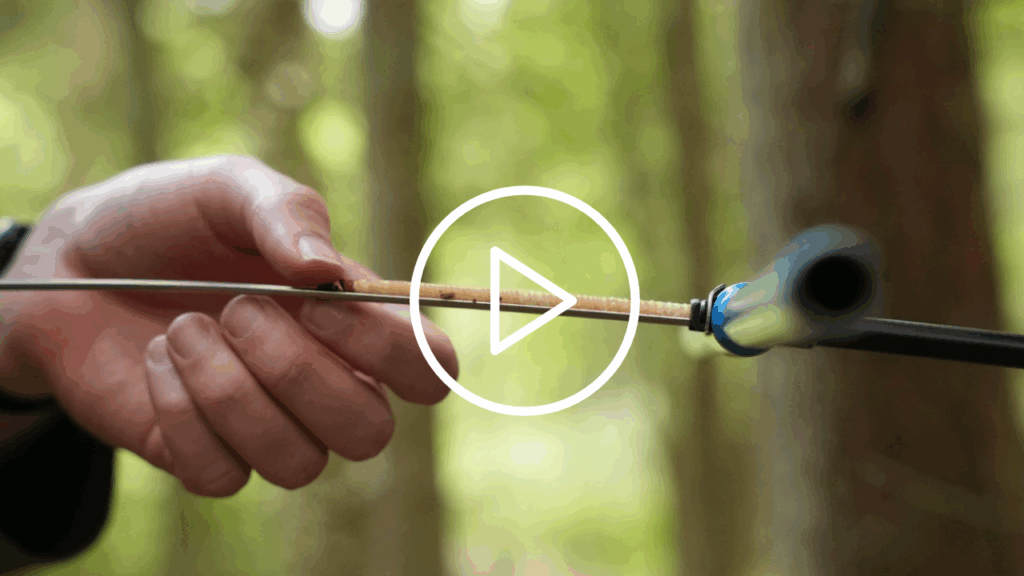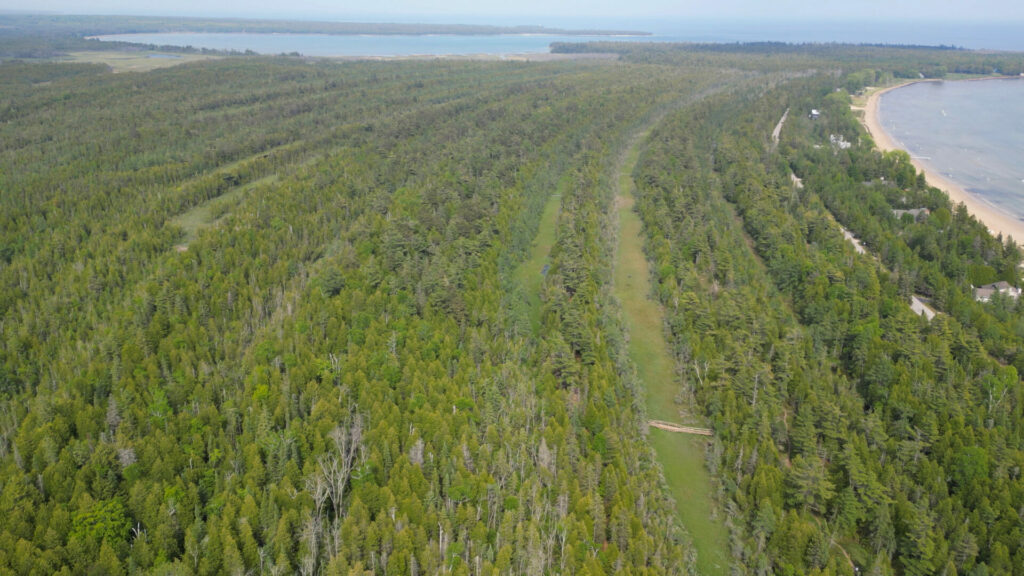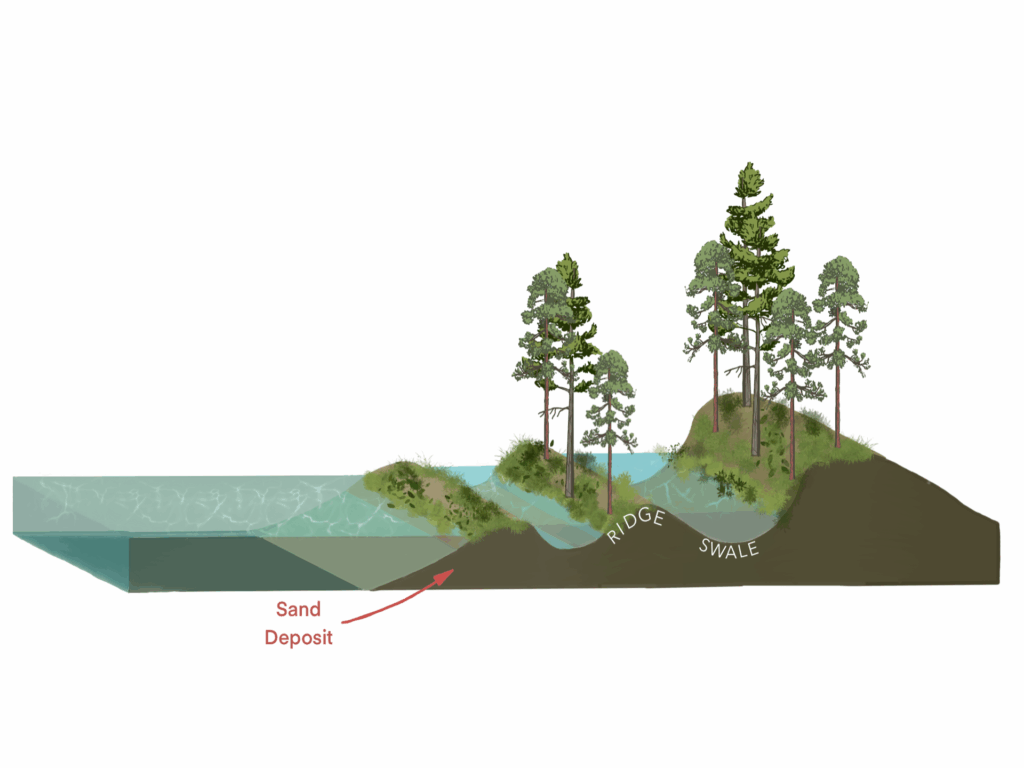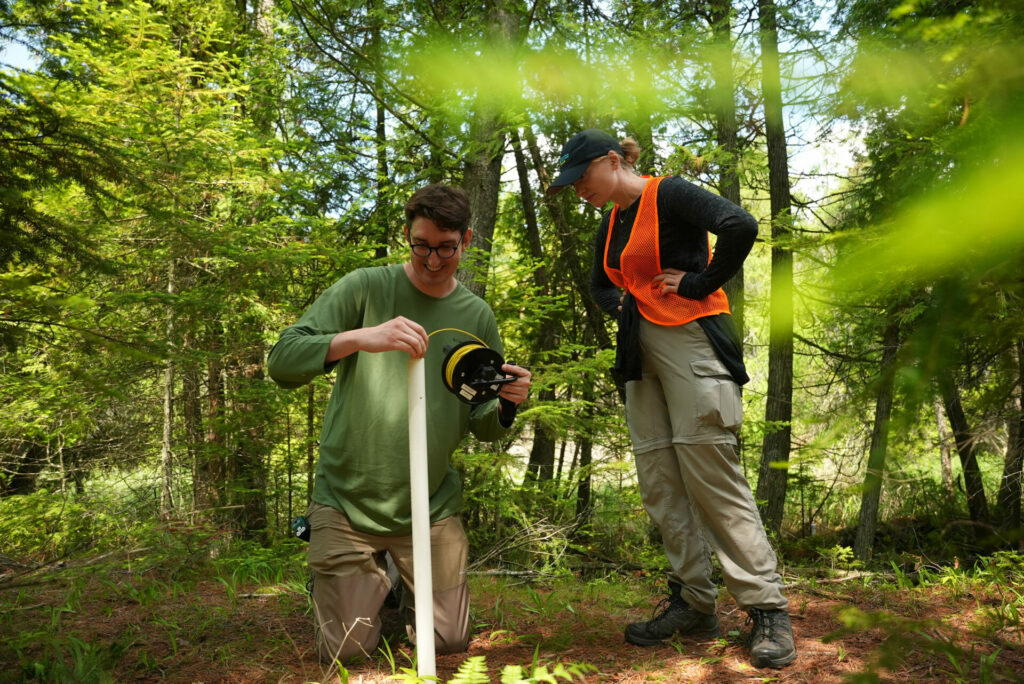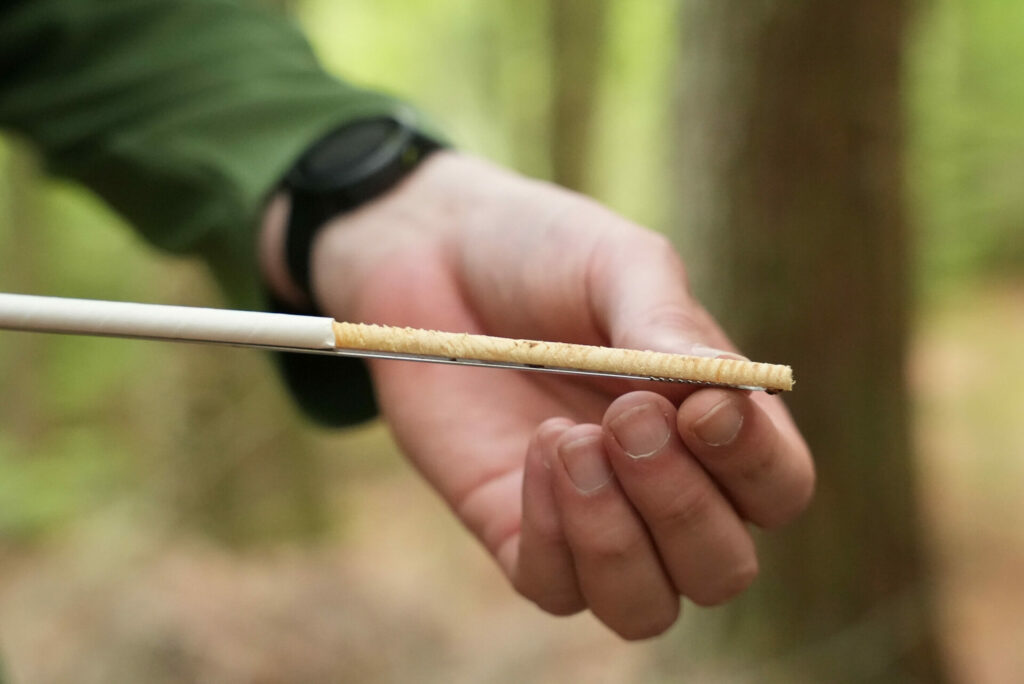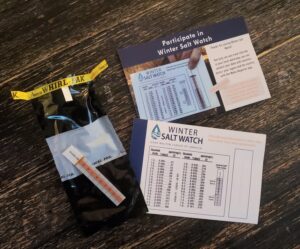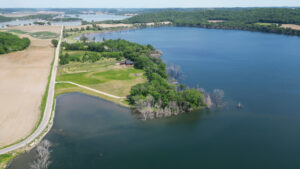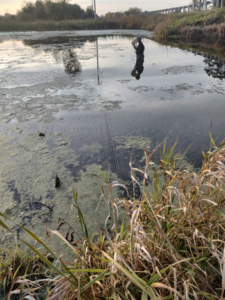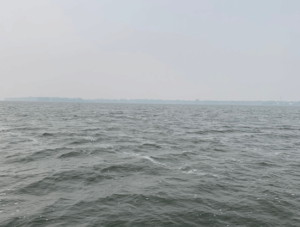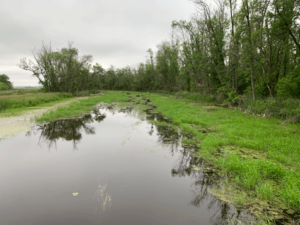Join Fox-Wolf and Help Monitor for Chlorides(Salt)
Help Monitor Salt Pollution in the Fox-Wolf River Basin This Winter! Winter brings snow, ice, and slippery sidewalks. Sodium chloride (salt), widely used on roads, parking lots, and sidewalks to keep us safe, can also harm our streams and wildlife when overused. Fox-Wolf is partnering with the Izaak Walton League to gather more data [...]
The post Join Fox-Wolf and Help Monitor for Chlorides(Salt) appeared first on Fox-Wolf Watershed Alliance.
Fox-Wolf Watershed Alliance
https://fwwa.org/2025/10/23/join-fox-wolf-and-help-monitor-for-chloridessalt-3/?utm_source=rss&utm_medium=rss&utm_campaign=join-fox-wolf-and-help-monitor-for-chloridessalt-3

